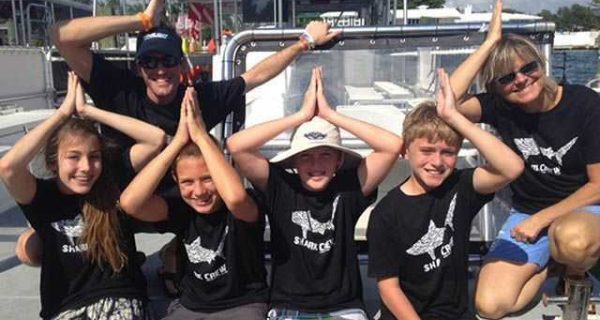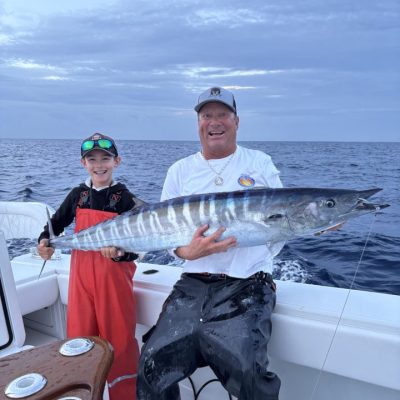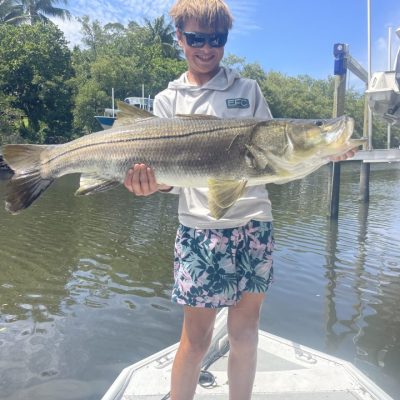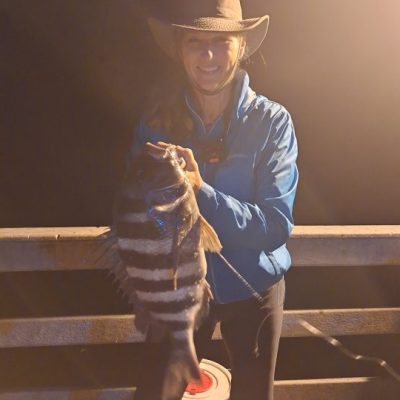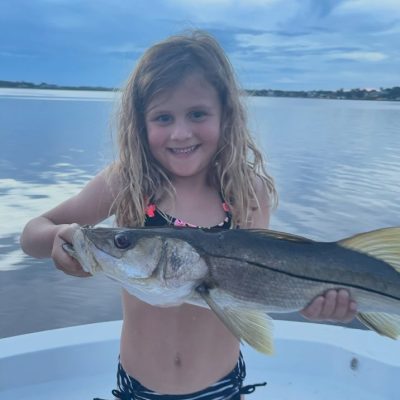Conservation
Environmental and waterway news.
Latest in Conservation

FISH BUSTERS’ BULLETIN: Bass management is evolving
Florida supports some of the best bass fishing in the world. The State's abundant lakes and rivers provide habitat necessary to produce good fisheries and the Florida largemouth bass possesses unique genetics that favors rapid growth to trophy size.
Care and Treatment of Big Bass
Earlier this month, on a bass fishing guide trip to Lake Istokpoga, we managed to catch two good-sized largemouth bass. …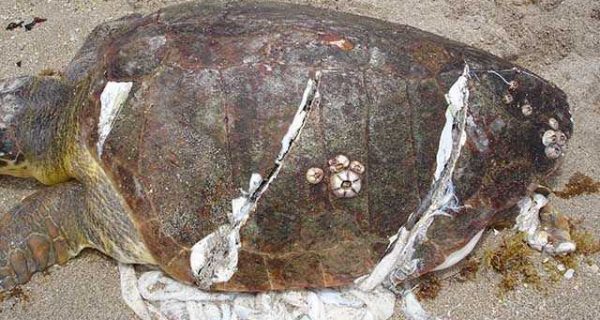
Sea Turtle-Safe Boating
With sea turtle nesting season in full swing along the Treasure Coast, it’s important to think about the potential impacts that boaters can have on these ancient reptilian visitors. While we’re all familiar with the unfortunate outcome of manatee vs. boat interactions, the toll that careless boating takes on sea turtles receives little attention.What is Gray FishTag Research?
What is Gray FishTag Research? Gray FishTag Research is a non-profit organization that is an international and fully interactive …
Public requests for barracuda conservation measures in south Florida receive initial approval by FWC
The Florida Fish and Wildlife Conservation Commission (FWC) has given initial approval to several barracuda conservation measures after hearing concerns from various south Florida stakeholder groups about potential declines in barracuda populations